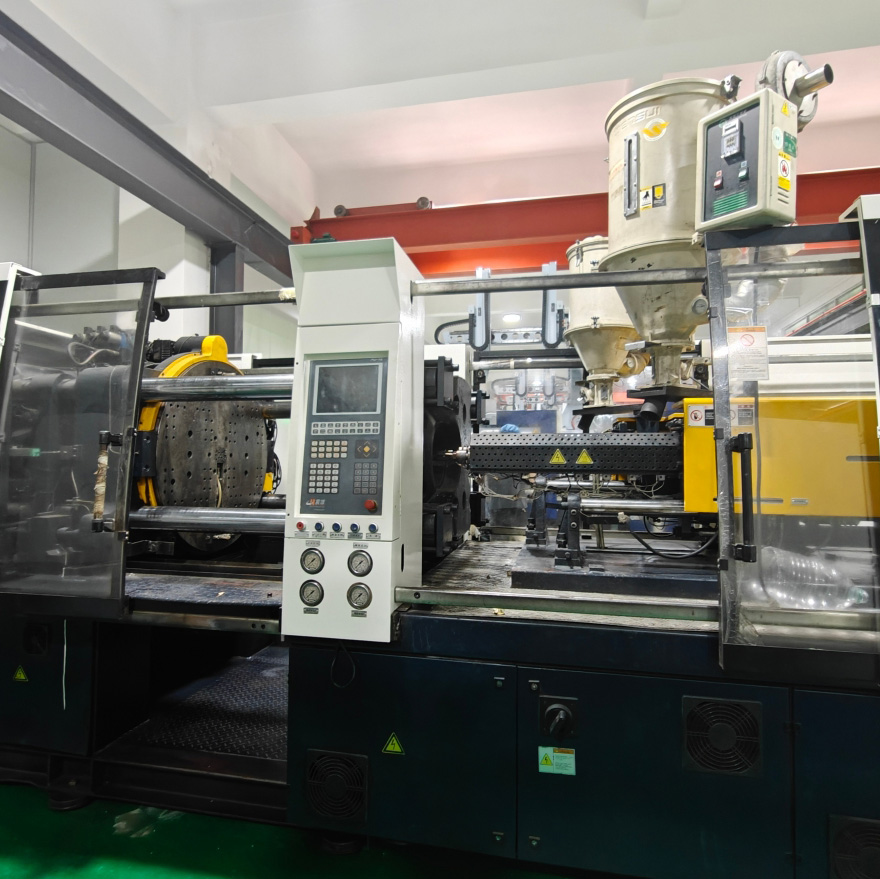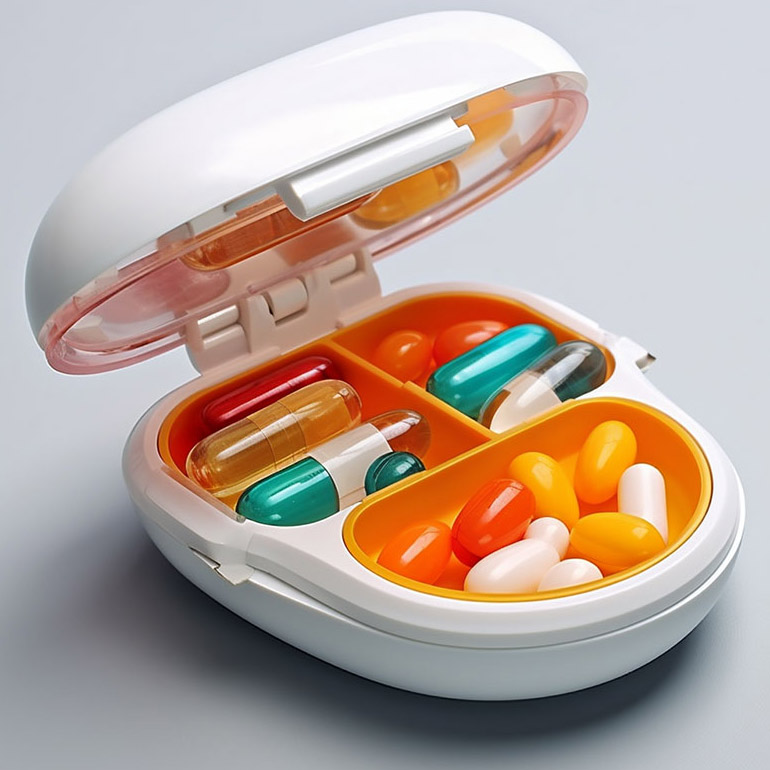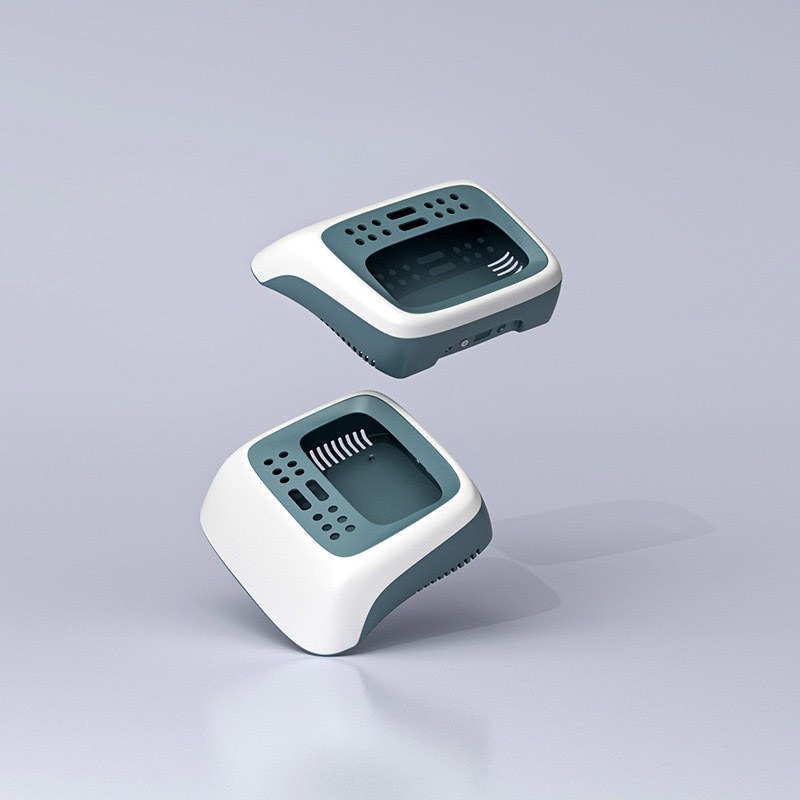I. Core Requirements for Medical Ear Covers & Material Selection Criteria
Medical ear covers must meet four critical demands: biocompatibility, wearing comfort, disinfectant resistance, and processing efficiency:
Biocompatibility: Compliance with medical certifications (e.g., ISO 10993, FDA) to avoid allergic or toxic risks.
Wearing Comfort: Soft texture, lightweight design, and adaptability for prolonged use.
Disinfectant Resistance: Tolerance to high-temperature steam, UV radiation, or chemical disinfectants.
Processing Efficiency: Short injection molding cycles for mass production by professional injection molding companies.
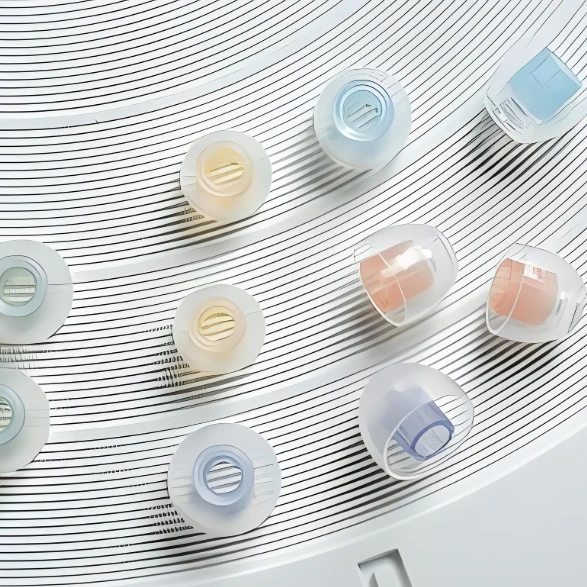
II. Performance Comparison: TPE vs. Silicone
| Performance Dimension | TPE (Thermoplastic Elastomer) | Silicone (Silicone Rubber) |
| Biocompatibility | Requires specialized formulations (e.g., halogen-free, plasticizer-free); select grades FDA-approved. | Naturally inert, widely ISO 10993-certified; superior tissue compatibility. |
| High-Temperature Resistance | Typical range: -40°C to 120°C; modified grades up to 150°C (prone to aging under prolonged heat). | Range: -60°C to 250°C; withstands repeated autoclaving (e.g., 121°C steam). |
| Flexibility | Low modulus (shore 0A–90A); ideal for ultrathin, contour-fitting designs. | Narrow hardness range (shore 10A–80A); high resilience but prone to long-term compression set. |
| Surface Feel | Skin-like texture; surface treatments reduce dust adhesion but may leave molding marks. | Smooth, antistatic surface; resistant to dust accumulation. |
| Processing Efficiency | Short cycle times (no vulcanization); 100% recyclable scrap; 30–50% cost savings. | Requires vulcanization (minutes-long cycles); non-recyclable waste; higher tooling costs. |
| Chemical Resistance | Resistant to weak acids/alkalis; prone to swelling in oils/strong oxidizers. | Resistant to oils, acids, and bases (except hydrofluoric acid/strong alkalis); suitable for disinfectants (e.g., alcohol, bleach). |
III. Scenario-Based Material Recommendations
1. High-Frequency Disinfection Settings (e.g., Operating Rooms)
Recommended: Silicone
Note: Optimize mold design (e.g., multi-gate injection) to reduce vulcanization time and improve throughput.
2. Pediatric/Sensitive Skin Patients
Recommended: Medical-grade TPE
Note: Ensure skin irritation testing and minimize volatile residues.
3. Cost-Effective Mass Production
Recommended: TPE for plastic injection molded parts
Note: Add antioxidants to extend service life.
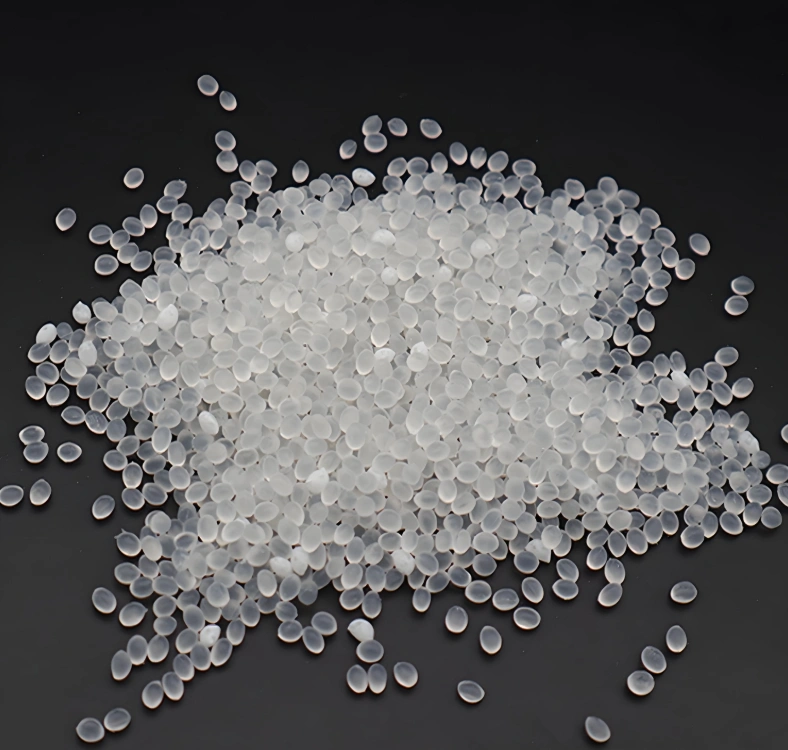
IV. Industry Trends & Innovations
TPE Modification: Development of high-temperature TPE (e.g., dynamically vulcanized TPV) to exceed 120°C limits.
Silicone Molding Advancements: Liquid Silicone Rubber (LSR) injection molding reduces cycle times.
Composite Solutions: TPE/silicone dual-shot molding with antimicrobial coatings for combined comfort and functionality.
V. Conclusion
Silicone: Ideal for high-frequency disinfection and long-term use but comes with higher costs.
TPE: Meets lightweight, cost-effective needs but requires formulation optimization for durability.
Recommendation: Collaborate with certified injection molding manufacturers, validate tooling and processes, and align material choices with product requirements (e.g., disinfection frequency, budget).
Worldbound Plastics
20+ years of precision injection molding expertise for medical devices, electronics, automotive components, and consumer goods. We offer end-to-end solutions—from design and tooling to assembly and post-processing. Visit our state-of-the-art facility to explore advanced custom plastic injection molding capabilities.
